What Is LP Siding, Speci...
- Mon to Fri: 09:00 am to 07:00 pm
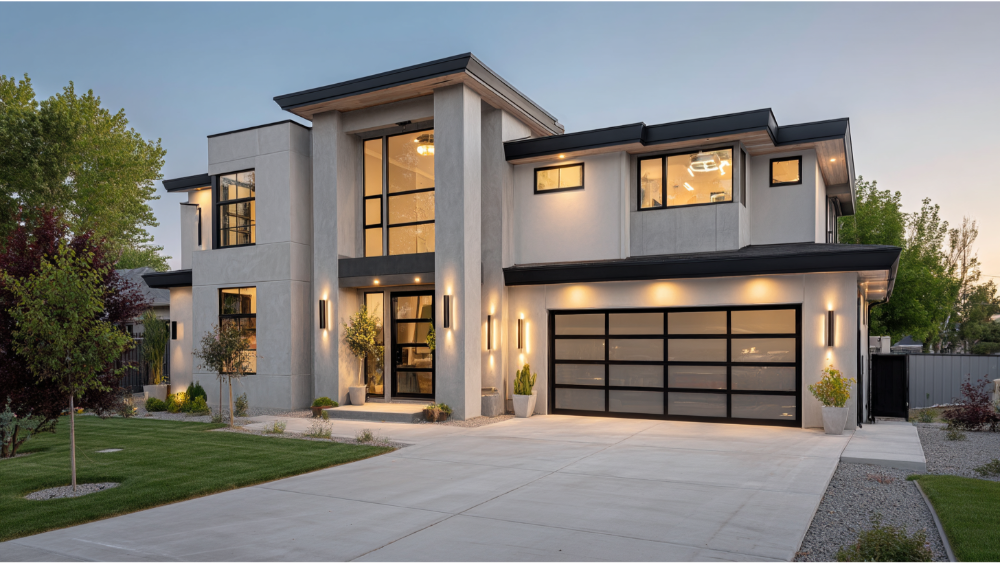
Choosing between stucco vs siding is a major decision when updating your home’s exterior. With so many siding materials, from vinyl siding to fiber cement siding, wood siding, and even stone veneer, making the best choice depends on a variety of factors. In this in-depth guide, we compare stucco and popular alternative siding materials, explore affordable materials, assess durability, highlight energy efficiency, and break down stucco cost and installation details. Whether you’re focused on low maintenance or looking to save money through better energy efficient options, “stucco vs siding” will get the clarity you need.
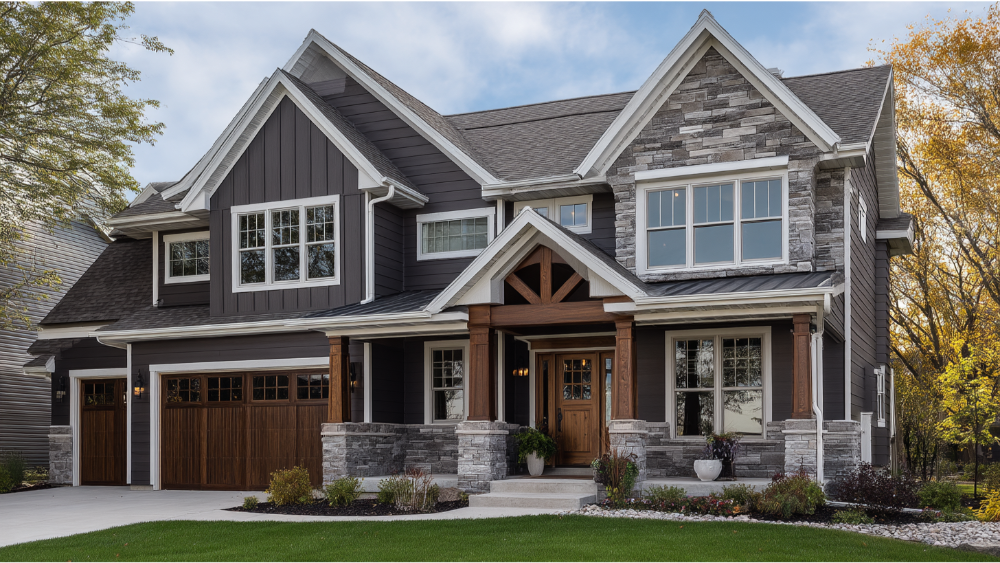
Stucco is a cement-based exterior coating composed of cement, lime, sand, water, and sometimes polymer-enhanced additives. This combination creates a durable material that is applied in multiple coats over a mesh or foam base. The result is a textured surface that can be finished smooth, sand-textured, or textured with skip trowel, ideal for Mediterranean or Spanish architectural styles.
Stucco cost can range depending on whether you choose traditional or synthetic stucco. Stucco typically costs between $7 to $14.50 per square foot installed. This price reflects the skilled labor required and the high quality of a properly installed system. While the upfront cost is higher than vinyl, the long-term value can be compelling, especially when considering longevity and energy efficiency.
One of the key appeals of stucco is its ability to adapt the appearance of your exterior walls, from smooth and painted finishes to more dynamic textures. It can be tinted or coated to match the color palette of any neighborhood, making it a popular choice among many homeowners who want a cohesive, clean look without worrying about peeling or repainting.
Stucco is a durable material that resists fire, moisture, and pests. When properly installed and maintained, stucco can last many years, ranging from 50 to 100 years. Occasional cracking is common due to natural settling or seismic activity, but necessary repairs are relatively minor and cost-effective when handled promptly. With the right proper maintenance, stucco is essentially low maintenance aside from periodic protective coatings or color refreshes every 10 to 15 years.
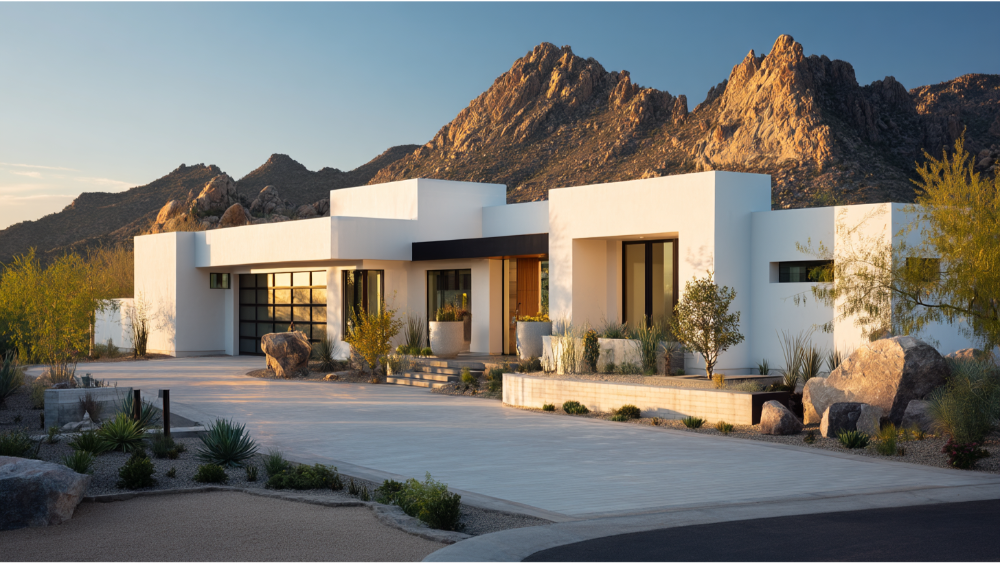
Vinyl siding, made from polyvinyl chloride (PVC), a type of plastic, is a popular choice for affordable materials in siding. Available in various colors and profiles like lap, shake, or board and batten, it’s easy to clean and requires little upkeep. Installation is fast, typically two to three days, making it a favorite among many homeowners focused on convenience and cost savings.
Fiber cement siding combines cement, cellulose fibers, and sand to produce panels that are highly durable, fire resistant, and able to mimic wood textures or stone. Options like James Hardie are well-known for their long warranties, often 30 years or more.
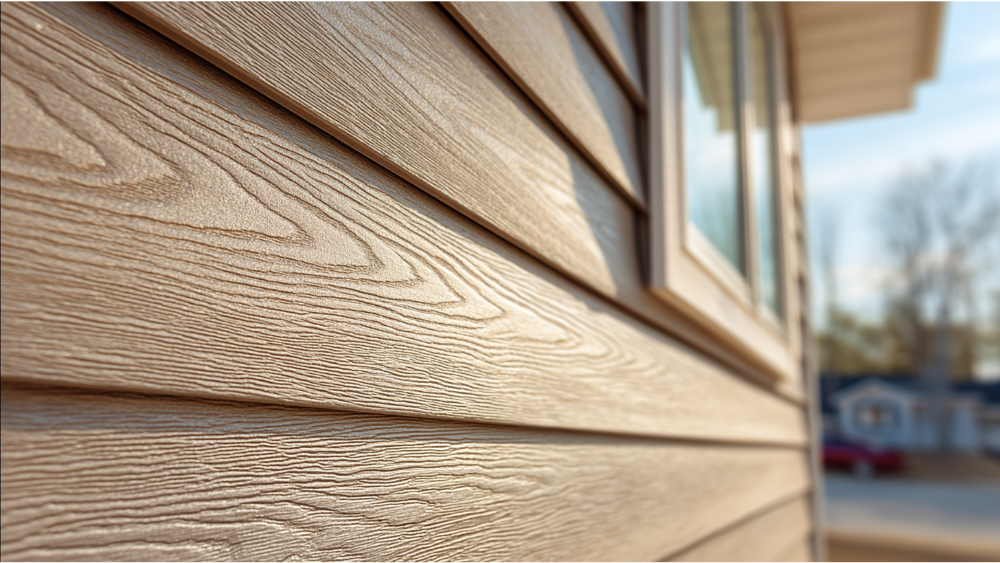
Wood siding, typically cedar or pine, offers natural charm and curb appeal. Cedar is naturally resistant to decay and rot but still needs proper maintenance, including staining or sealing every 3 to 7 years. Wood is less durable material compared to fiber cement or stucco and more prone to moisture and insect damage.
A few additional options include:
While these materials may suit certain styles, they often lack the widespread availability and certification options offered by vinyl, fiber cement, stucco, or wood.
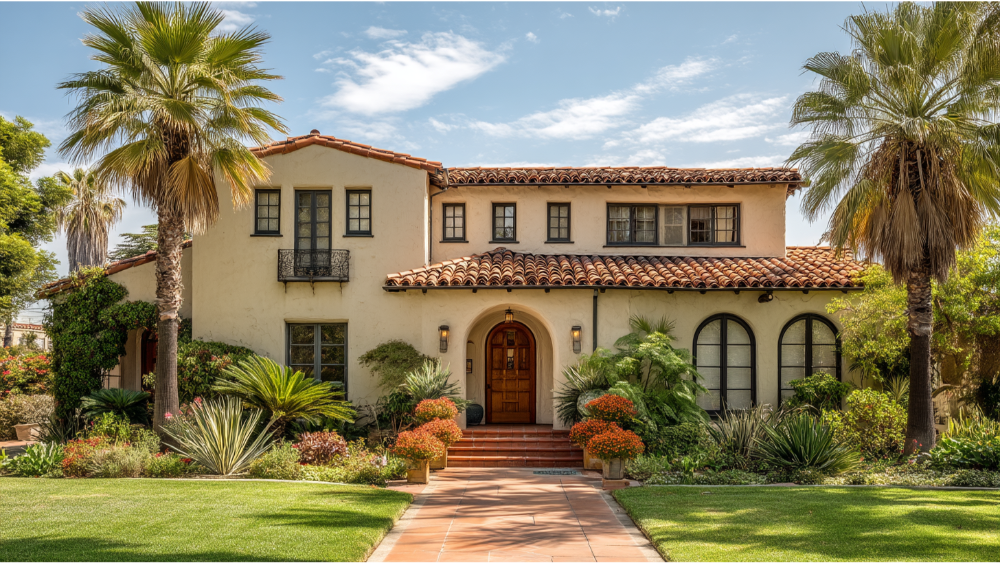
Stucco’s dense composition provides natural insulation and keeps homes cooler in summer and warmer in winter. While it does not offer high R-values alone, stucco performs well with added insulation layers.
Insulated vinyl siding can provide R-values between 2 and 5.5, making it energy efficient and reducing energy bills. Fiber cement becomes more efficient when installed over insulated sheathing.
A properly insulated exterior, whether stucco or siding, helps you save money by reducing heating and cooling costs. Over time, those savings can offset higher material or installation costs. Considering that drywall and windows also contribute, choosing an exterior material with energy efficiency in mind is critical for homeowners.
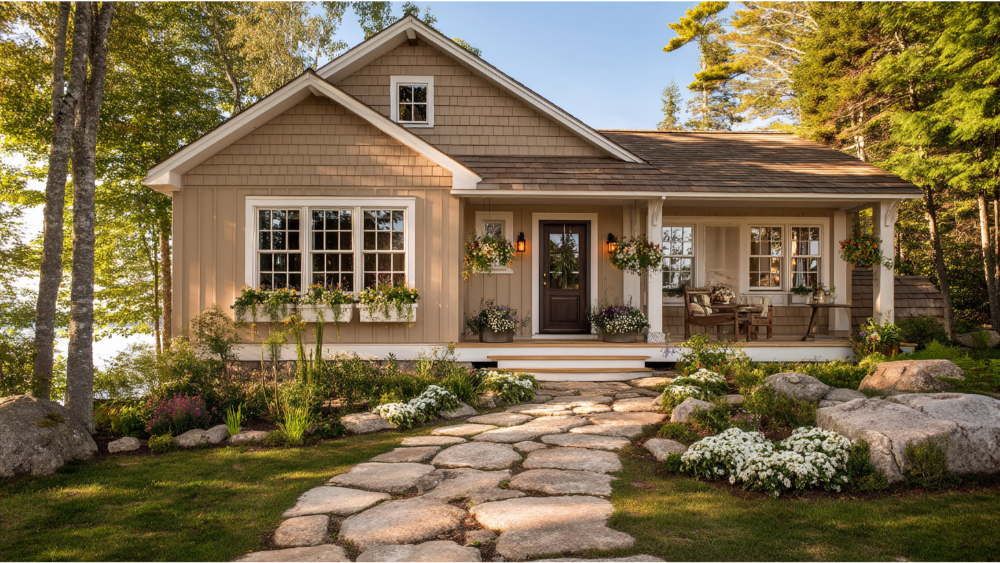
While stucco typically costs more due to its labor-intensive installation, it often delivers excellent durability and value over time. For homeowners planning to stay put, stucco’s longevity can outweigh the initial investment.
Vinyl is the most affordable materials route, with lower repair and maintenance costs. It’s perfect for cost-conscious homeowners who prioritize easy installation and long-lasting color finishes.
Although fiber cement siding has a higher cost, its performance, resilience to extreme weather, fire resistant rating, and aesthetic versatility make it a smart long-term investment. In many high-risk zones, the added cost may also reduce insurance premiums and avoid future replacement expenses.
Long-term ROI depends on how well the material holds up over many years of weather exposure, upkeep effort, and energy impact.
Stucco offers a clean, textured surface that complements modern, Mediterranean, or Spanish-style homes. It can also be applied in custom colors and coatings to enhance even contemporary designs.
Architectural choices become easier to match when homeowners know the nuances of each exterior wall material.
Stucco, vinyl, and wood may develop mold or moisture damage without proper maintenance, especially in high humidity regions. Fiber cement siding, by contrast, performs consistently well under wet conditions.
Stucco can develop cracking, but these issues are generally surface-level and correctable. Heavy wood or masonry systems may experience more serious structural shifts over time.
Modern homeowners often blend stucco with fiber cement or wood accents to create dynamic visual appeal while optimizing performance. Adding fiber cement gables or wood trim over a stucco base offers both style and resilience. Combining materials can significantly elevate curb appeal without sacrificing durability or energy efficiency.
Stucco has good thermal mass, which helps stabilize indoor temperatures. However, fiber cement siding and insulated vinyl siding can achieve higher R-values when installed with proper underlayment.
Fiber cement siding is highly fire resistant and often required in wildfire zones, while stucco is non-combustible as well.
Yes. Removing stucco and switching to siding is common. Proper prep and moisture barriers are essential for a successful transition.
Stucco can last 50–100 years. Vinyl lasts 20–40 years, wood typically 20–30 years, and fiber cement siding lasts 50+ years.
Vinyl siding is more affordable upfront. However, stucco may save money long term through durability and energy efficiency.
When weighing stucco vs siding, homeowners must consider budget, climate, style preferences, and long-term goals. Stucco offers timeless aesthetics and long lifespan but with higher initial cost and some maintenance. Vinyl siding provides affordable, low maintenance coverage but less performance in harsh climates. Fiber cement siding offers exceptional durability, fire resistance, and style versatility at a premium. Wood siding brings traditional beauty with more upkeep needs.
By focusing on your region, from extreme weather and high humidity zones to fire-prone areas, your choice between stucco, vinyl siding, fiber cement siding, or wood siding becomes clearer. For a smart, cost-effective, and energy conscious solution that fits your home design and lifestyle, reach out to the Pro Superior Construction team today. Our certified experts will help you decide based on materials, performance, and aesthetic goals, without sales pressure, and with full transparency.
Ready for a fresh look that lasts? Contact us for a free consultation and get started on the perfect exterior upgrade.